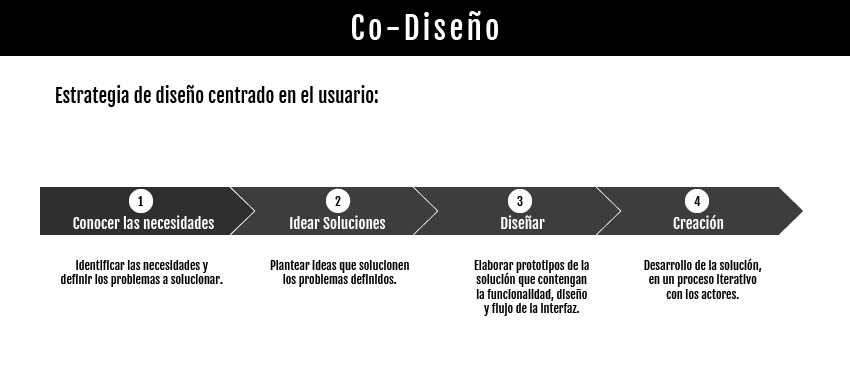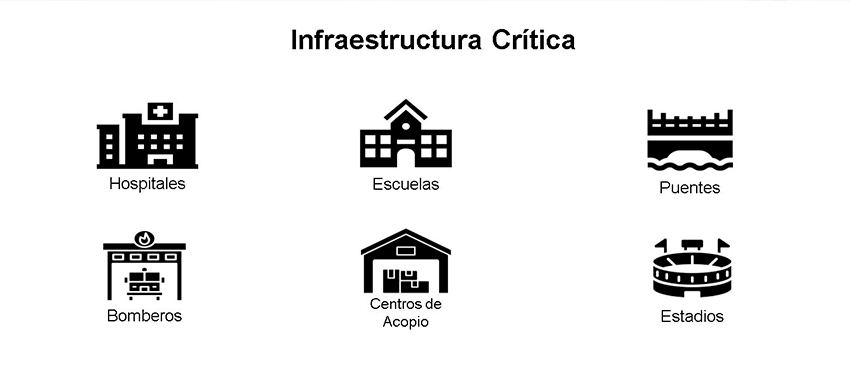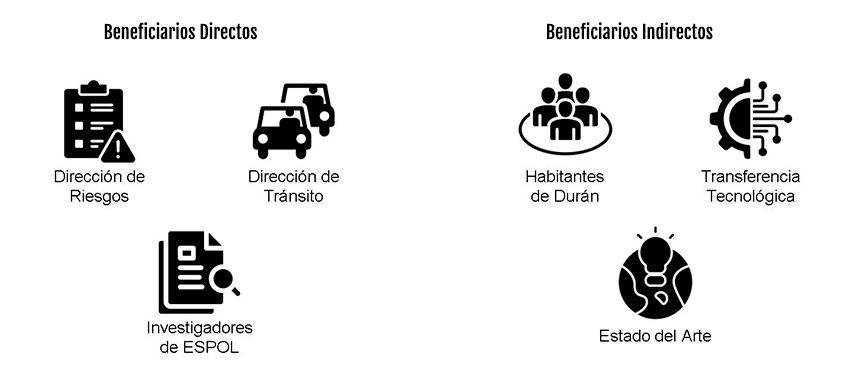Platform to model the impact of adverse events on the evacuation and access routes of the Durán canton using historical mobility data.

| Members: | Gonzalo Mendéz. - correo: gmendez@espol.edu.ec; Daniel Ochoa; Mercy Borbor; Maria del Pilar Cornejo; Rommel Caiza; Génesis Riera - correo: gejurier@espol.edu.ec; Kelly Mendoza; Domenica Barreiro; Rommel Marcillo. |
| Date: | 24 meses |
| Financing: | Espol |
One of the main characteristics of our research is the construction process of the tool we propose and its interactive nature. The project consists of the correct planning of evacuation and access routes to mitigate the risks of different types of threats (climatic and non-climatic) and to guarantee the safety of people during a disaster or emergency. Planning must respond to the dynamics of different types of threats and interactions between them.

What is it about?
This project proposes the creation of an interactive computational tool to simulate adverse event scenarios that, using historical mobility data and artificial intelligence, allows decision makers to determine the best set of evacuation routes and access to the Durán canton in emergency situations.
General objective:
Strengthen mobility management mechanisms during emergencies or disasters in Durán through a technological tool that allows modeling the impact of adverse events on the evacuation and access routes of the canton.
Project objectives:
- Specific goal 1: Establish a comprehensive diagnosis of mobility, threats and critical infrastructure in the event of adverse events in the Durán canton.
- Specific goal 2: Strengthen mobility management using technological tools in emergency or disaster situations in the Durán canton.
- Specific goal 3: Evaluate the performance and accuracy of the mobility management tool in the event of adverse events in the Durán canton.

Project methodology:
The execution of the project will include the following steps:
- Historical mobility data collection.
- Threat and infrastructure data collection.
- Relevant Variables.
- Tool Design.
